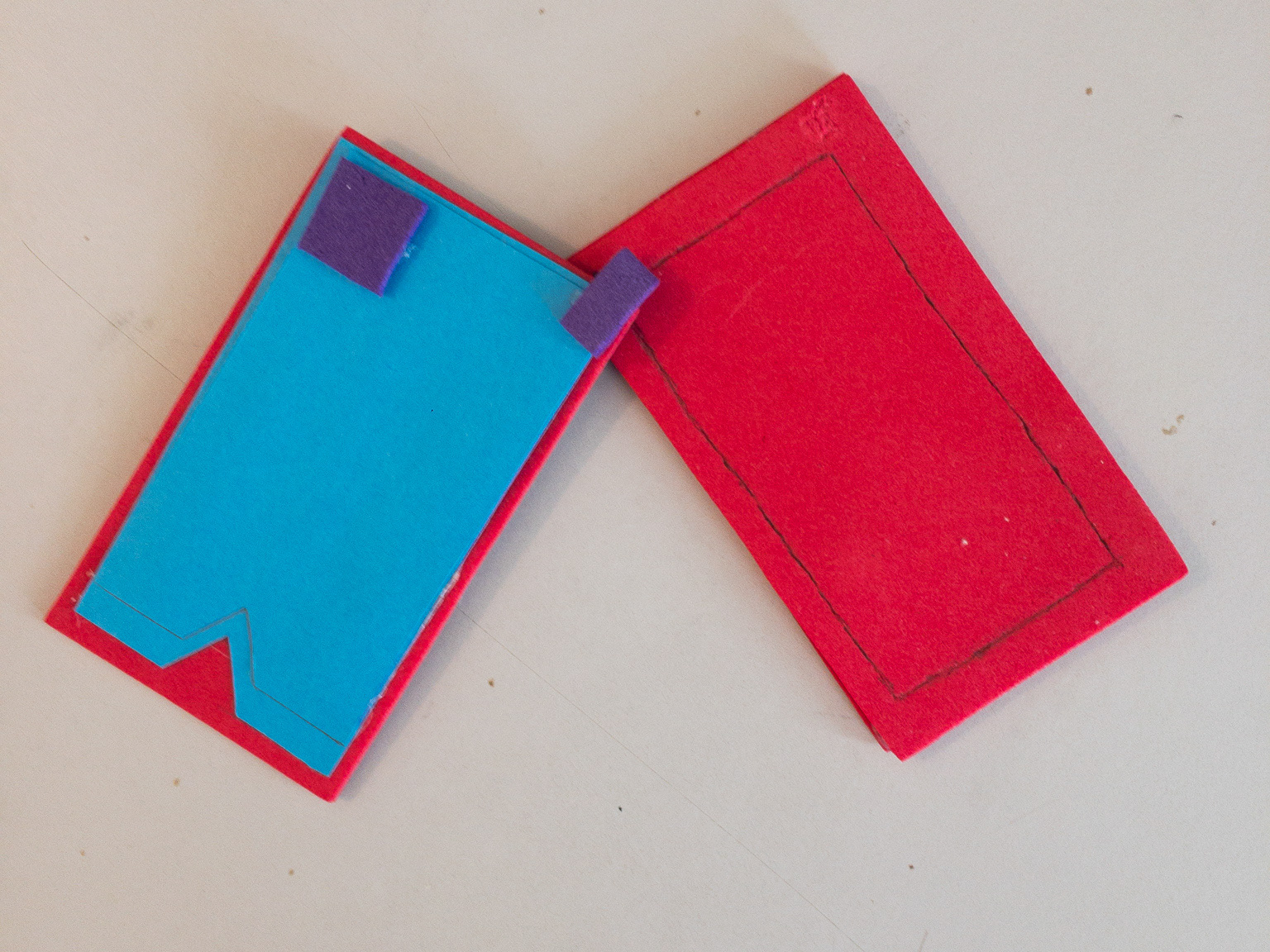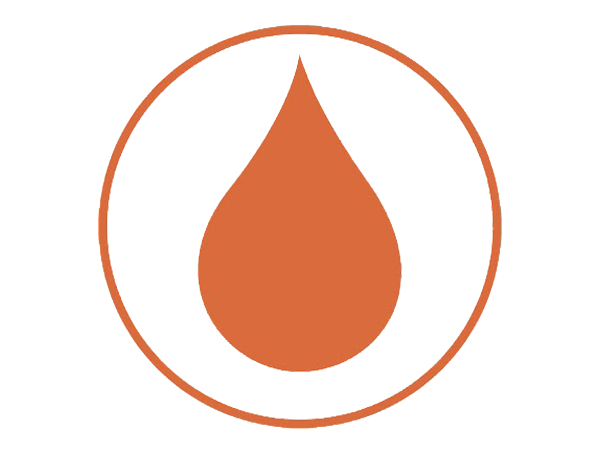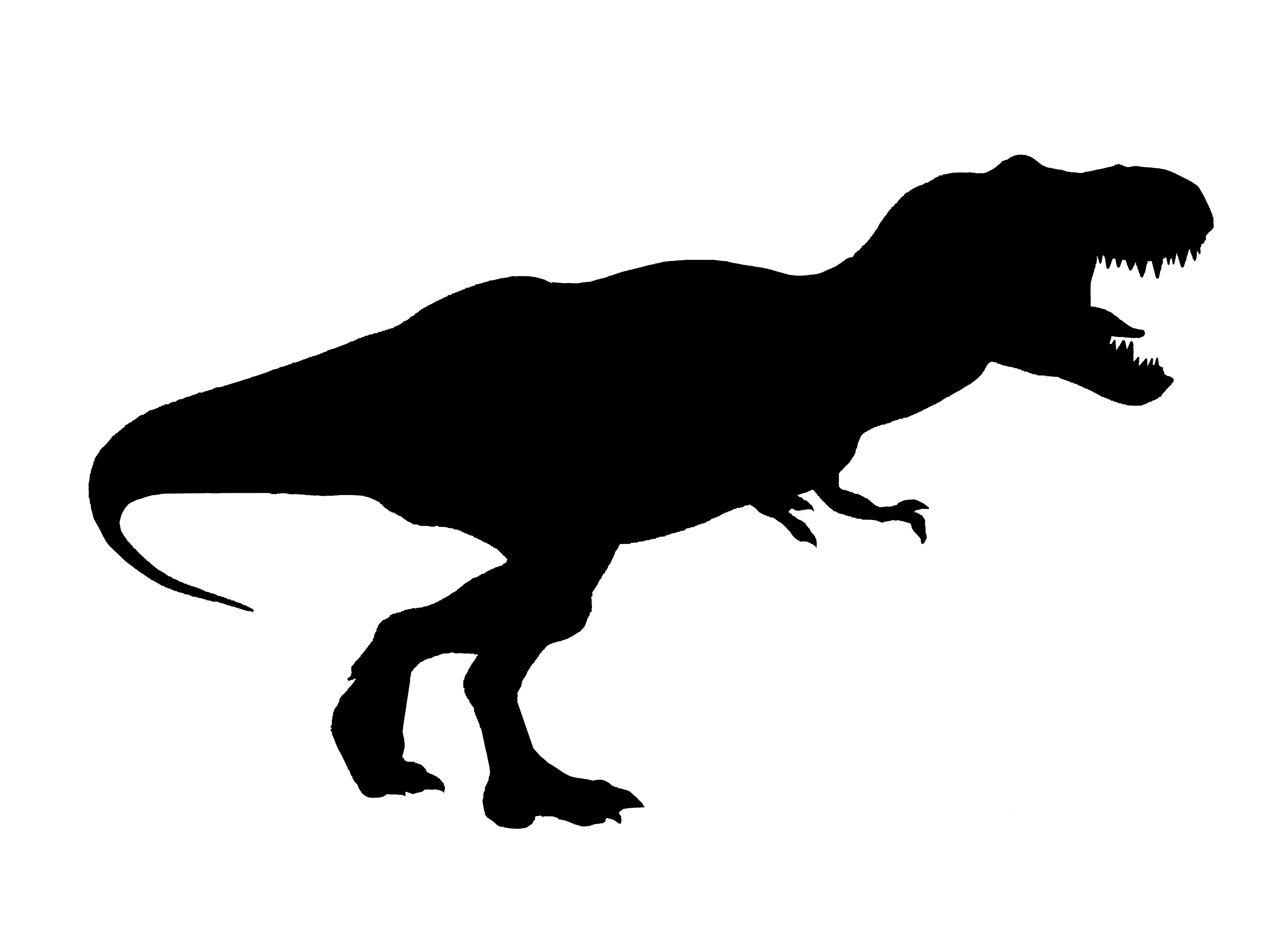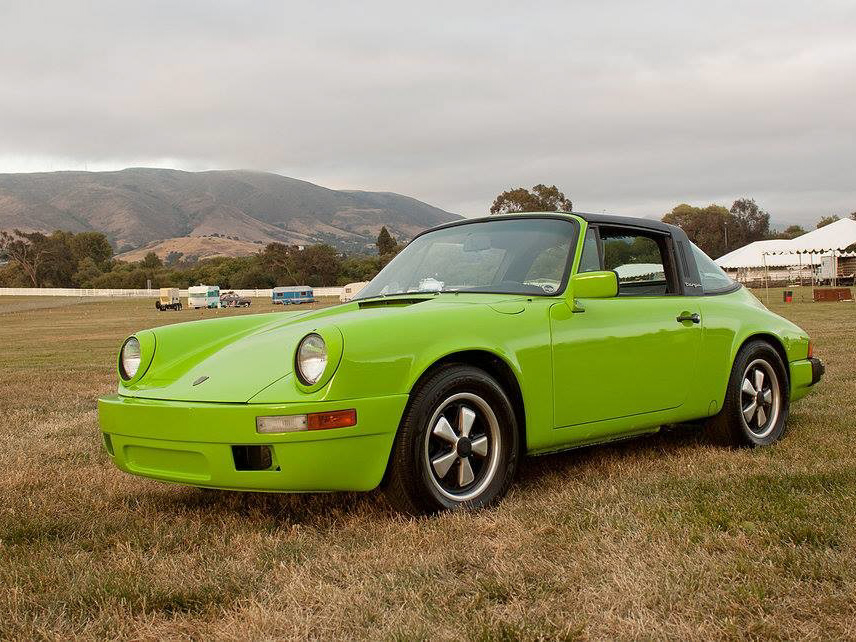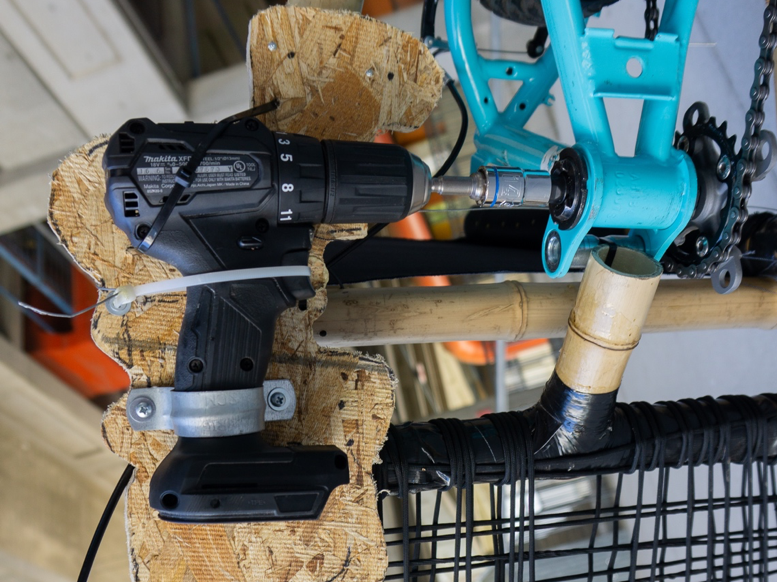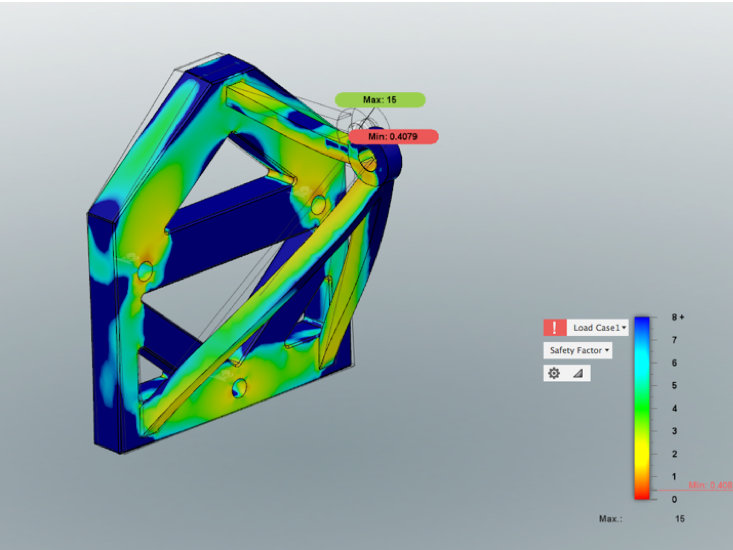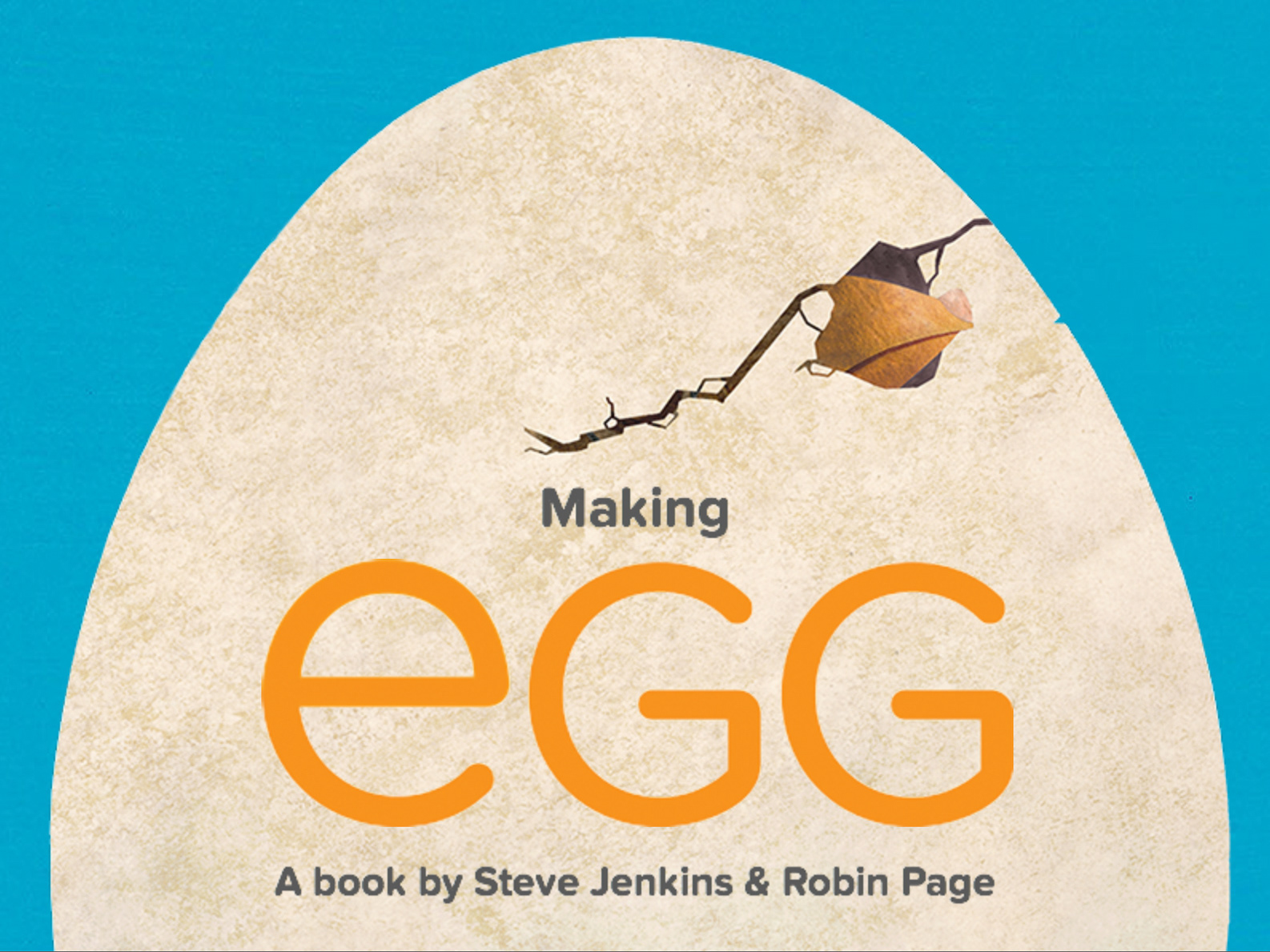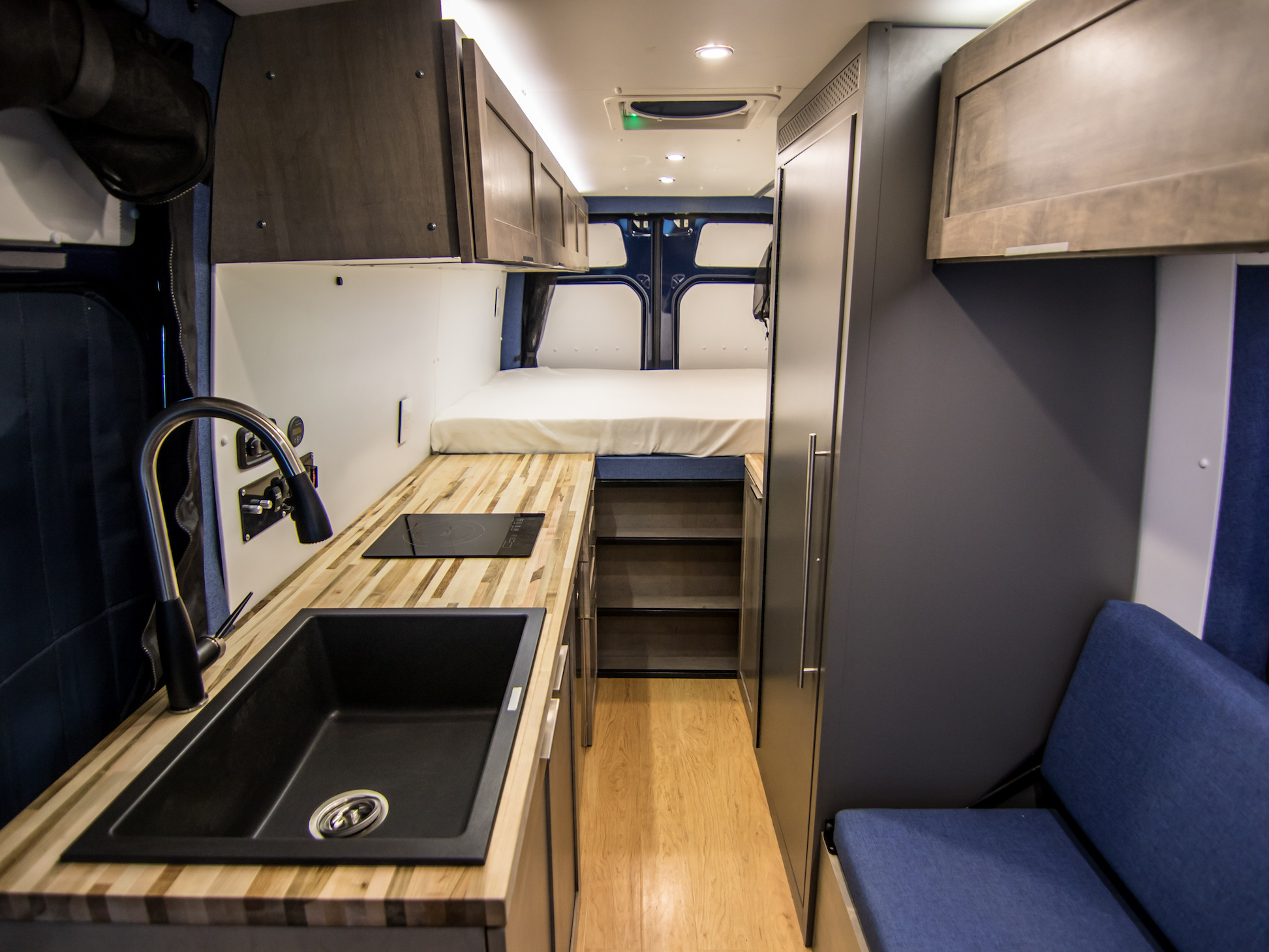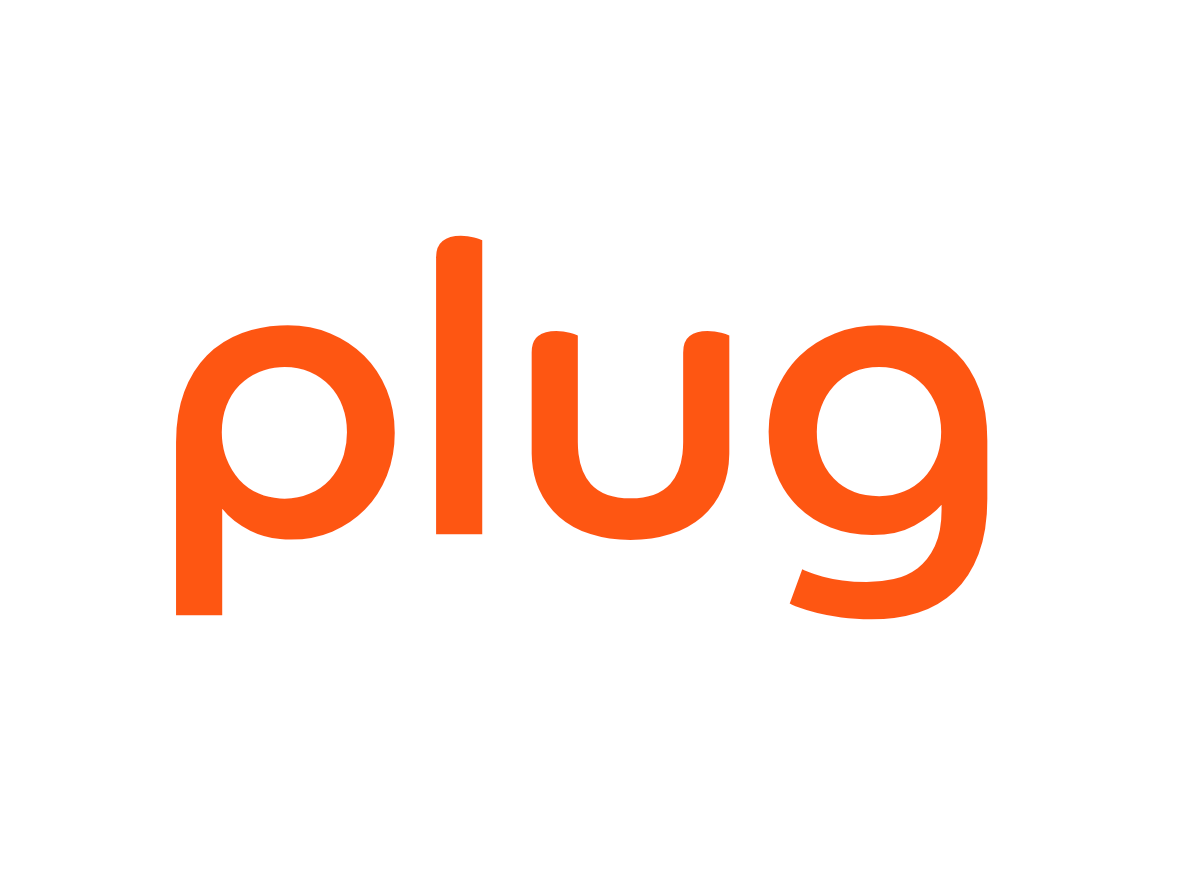What is Nike Grind?
Nike Grind is an open forum competition facilitated by OpenIDEO. Nike and IDEO challenged people around the world to design a product that uses Nike's vast amounts of waste material in an innovative and sustainable way. Several peers and I entered the competition as a class project.
Brainstorming
We kicked our design process off with a week-long ideation phase. For several class periods, we were challenged to brainstorm hundreds of ideas using fun and unconventional techniques. In one of my favorite brainstorming exercises, we wrote hundreds of ideas on sticky notes and then randomly paired these notes together to produce new, and often improbable, product ideas. Through the entire process, everyone in our class wore goofy hats to symbolize a judgment-free environment where all ideas were considered, no matter how outlandish. The classroom was an explosion of color, laughter, and creativity—it was a scene reminiscent of our more carefree days in elementary school. The nostalgia was tangible.
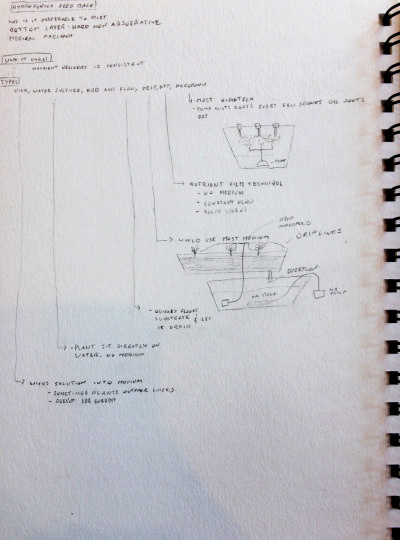
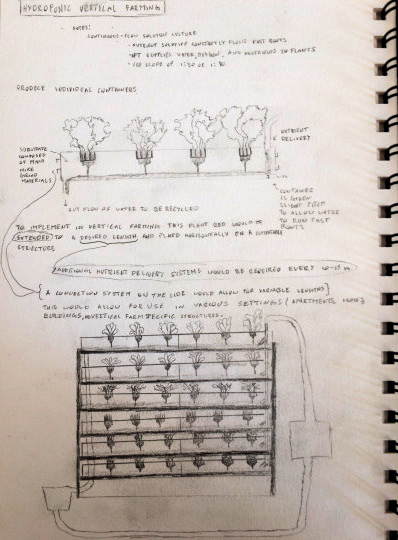
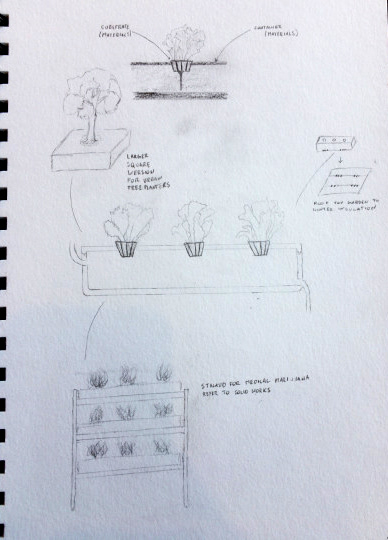
Final Submission
Soon enough, this playful process came to an end and we had to get down to the painful task of narrowing our ideas. After several rounds of voting and discussion, we choose hydroponics and vertical farming as our submission idea.
With our focus narrowed to one concept, we assigned each team member tasks based on their skills and interests. I was charged with creating some of our visuals (I worked in tandem with another team member on this), doing research, brainstorming applications of our product, writing a portion the main description of our submission, and keeping our team on track and organized. I have included examples of these contributions in the attached images.
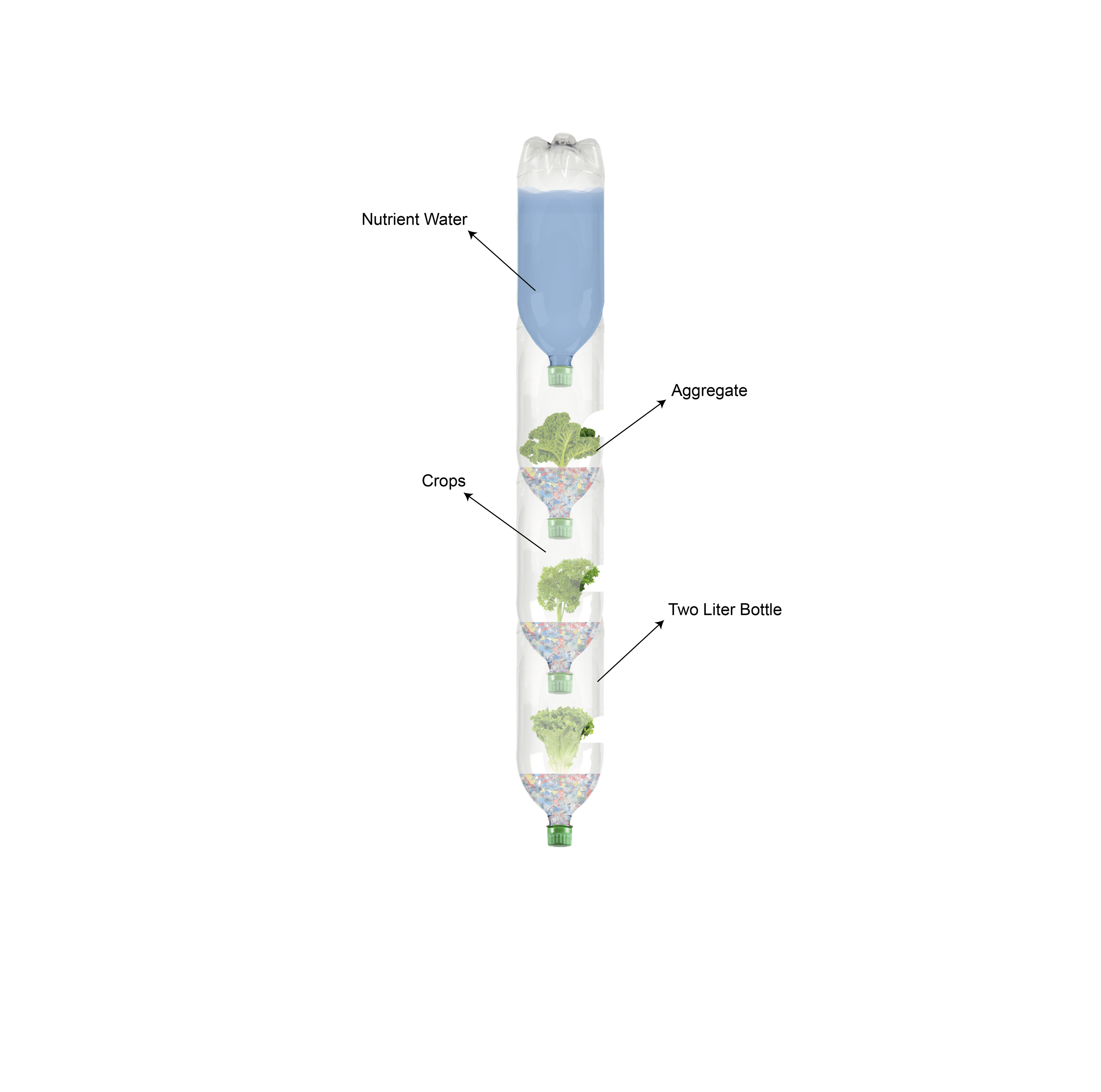
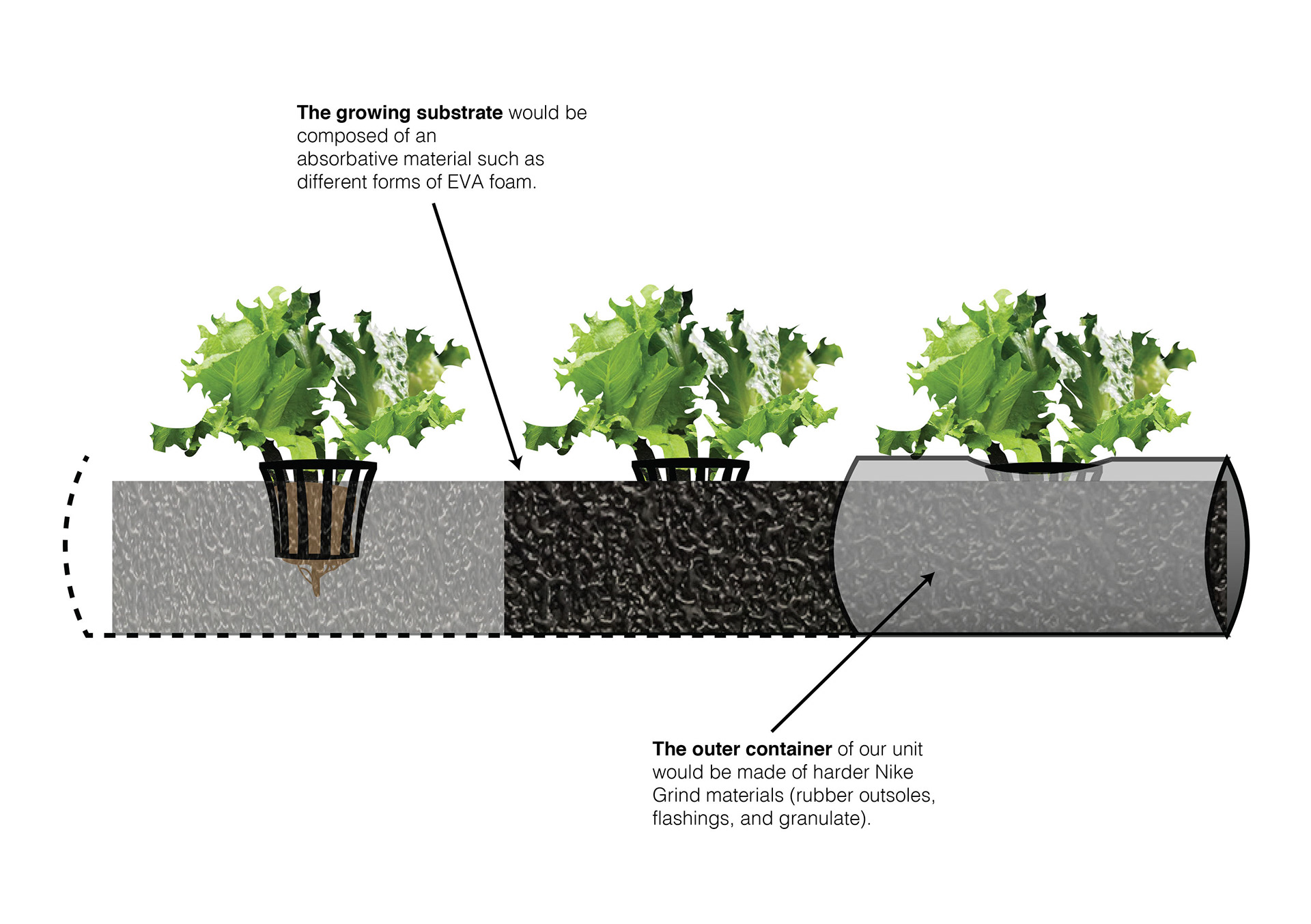
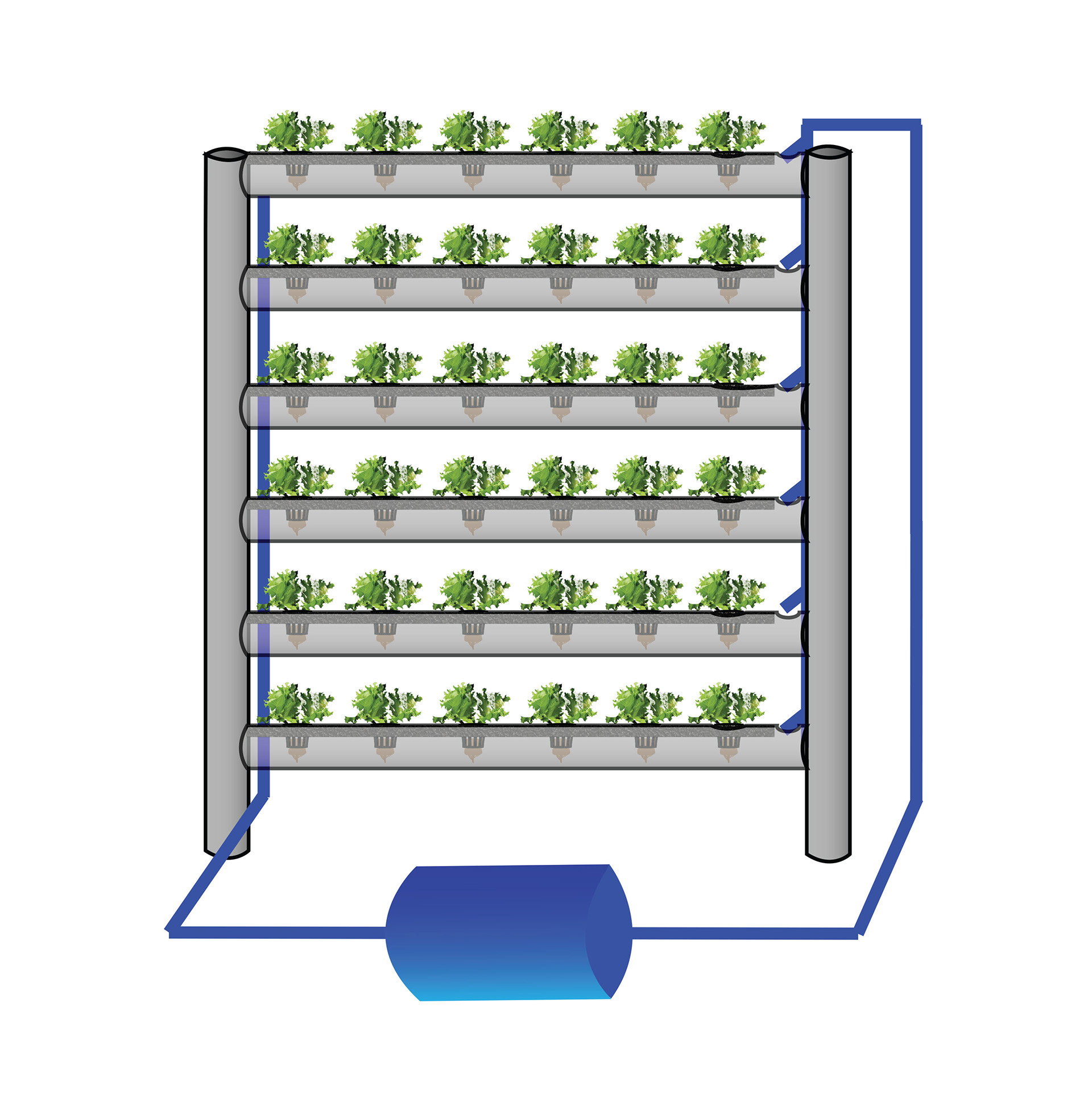


What I Learned
This project served as a reminder of the importance of communication within a team. Much of my college experience (math, physics, mechanics, etc.) has consisted of solving problems individually. When working with others, I sometimes forget they cannot read my mind and I cannot read theirs. We all have differing preconceptions of what acceptable, good, or complete work looks like, and it is incumbent upon team members to communicate these expectations clearly if a team hope to produce anything of value.
This was the first design competition I've entered and the learning curve was steep. I was caught off-guard by the pace of the project. We only had about two weeks to go from goofy hats and crazy ideas to a polished final submission. I sometimes have a hard time moving into a subsequent phase of a project until I'm convinced the task at hand is perfect. The compressed timeline of this project challenged me to recognize that perfection is sometimes unattainable, and a breakeven point exists at which the investment of your time produces diminishing returns. This is a lesson in project management that is far from complete, but one I am glad to have begun.
